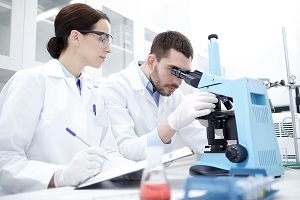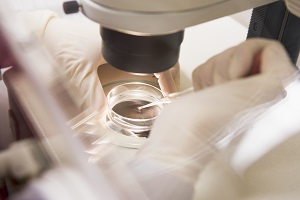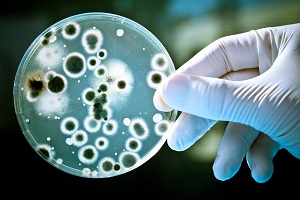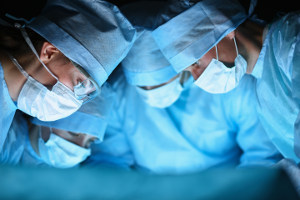The human papilloma virus is the most prevalent sexually transmitted disease. It has forty variations and affects both male and female genitalia, as well as mouth and throat. Despite being transmitted through sexual contact, it causes different consequences from the classic sexually transmitted diseases. The other side is the worst possible cervical cancer, which often remain asymptomatic until it is late.
The virus affects 1 in 2 at least once in life. Most often it remains asymptomatic and in 90% of cases the immune system destroys it within 2 years. Sometimes the virus evolves and causes genital warts, recognizable thanks to regular medical checks. They are contagious and annoying if left untreated, but relatively harmless. Other times, however, the virus causes a tumor. The most common type of cancer papillomavirus is cervical, but also were identified cancers of the vulva, anus and throat.
As sexually transmitted disease, the most common of the papilloma virus transmission method is vaginal intercourse. However, it is also transmitted through anal intercourse, oral sex and contact between the genitals, both heterosexual and homosexual partners. Most of the time the virus remains active and asymptomatic for years, raising the risk of infection to unsuspecting partners.
Currently it lacks an analysis for the papilloma virus that works for both sexes. There are tests to screen for cervical cancer, but lack those for mouth or throat. In any case, doctors advise sexually active women to perform a Pap test every two years. It is a sampling of cervical cells, to be analyzed to identify any anomalies.
There are no specific treatments for the papilloma virus, but only for diseases caused by it. The best route is the vaccine, effective both on the man on the woman against the most common types of papilloma virus. The best thing would be to administer them before starting to have sex. To those who are sexually active, doctors recommend the use of condoms to reduce the risk.
Add a comment





